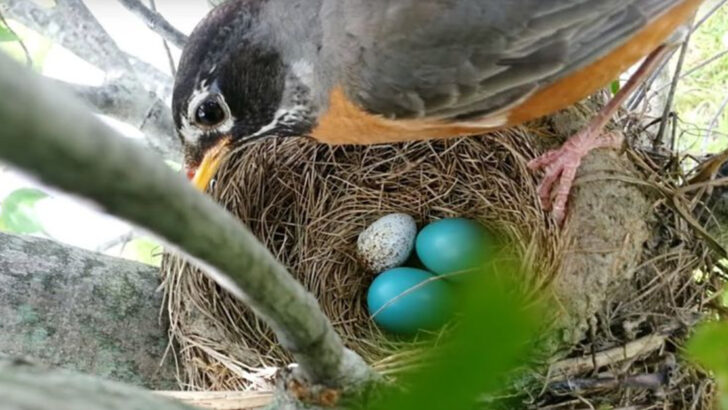Parasitic parenting is a fascinating survival strategy employed by some bird species, allowing them to pass on the responsibility of raising their young to unwitting foster parents.
By laying their eggs in the nests of other birds, these parasitic parents ensure the propagation of their genes while conserving their energy for other pursuits.
This behavior triggers a range of interactions in the avian world, from cunning deception to fierce competition.
The following sections explore ten intriguing examples of birds that engage in this remarkable practice, each with its unique twist and ecological impact.
Common Cuckoo
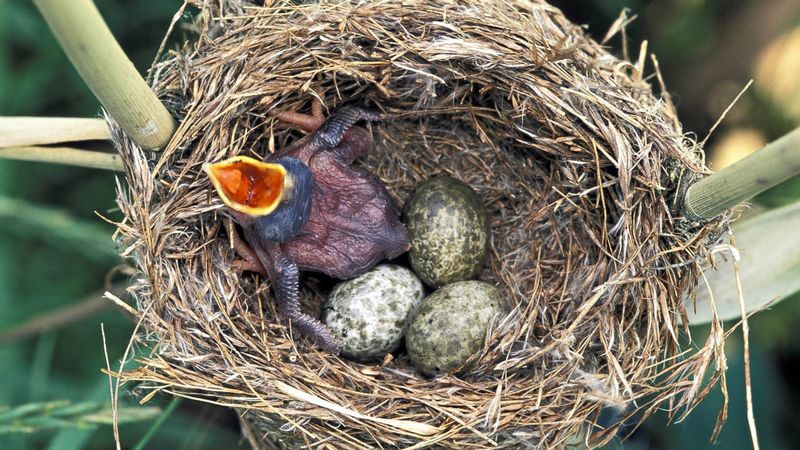
The common cuckoo is notorious for its duplicitous reproductive strategy, known for laying eggs in the nests of unsuspecting hosts.
Its ability to mimic the egg appearance of its host species is remarkable. These birds have honed their skills over generations, often outsmarting even the most vigilant foster parents.
Once hatched, the cuckoo chick may even push out the host’s eggs to ensure it receives all parental care. This cunning nature is both admired and scorned in the avian world. The common cuckoo’s deceptive approach is a perfect example of nature’s endless adaptability.
Brown-headed Cowbird
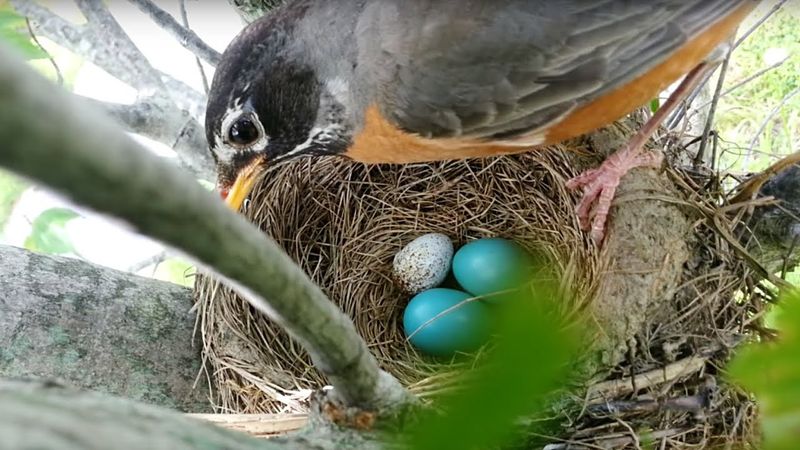
The brown-headed cowbird, a North American native, employs a unique method of parasitism. These birds have evolved alongside large grazing mammals, using the herd’s movement to find suitable host nests.
Female cowbirds meticulously select nests, ensuring their eggs are raised by other bird species. Interestingly, these cowbirds can lay up to 40 eggs in a single breeding season, spreading them across multiple nests.
Their adaptability is witnessed in their ability to thrive in various environments. While their presence often reduces host bird populations, cowbirds remain a fascinating study of evolutionary success.
African Honeyguide
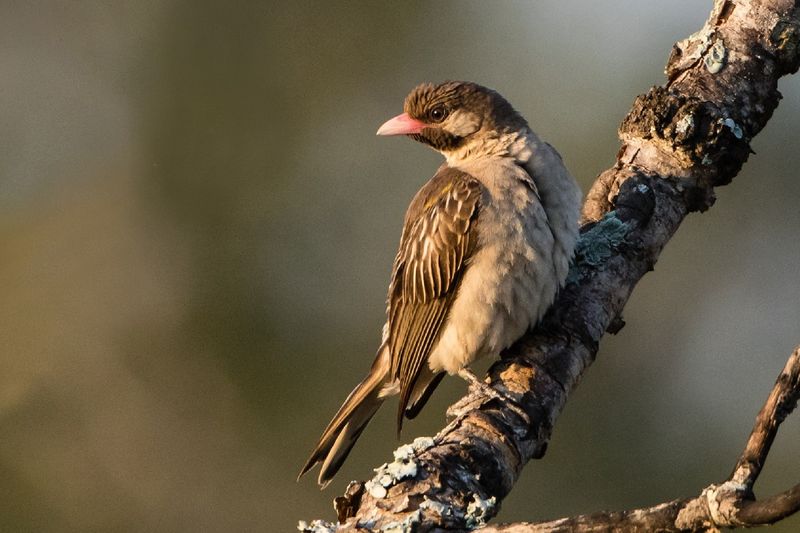
The African honeyguide is not just known for its parasitic behavior but also for its symbiotic relationship with humans.
As skilled brood parasites, honeyguides lay eggs in the nests of other bird species, leaving the young to be raised by unwitting hosts. They are also famed for leading humans to beehives, enabling both species to share the spoils. This dual interaction showcases their unique ecological role.
However, in the nests, the honeyguide chick is ruthless, often destroying its nest-mates to monopolize resources. This duality makes them a compelling subject for ecological study.
Asian Koel
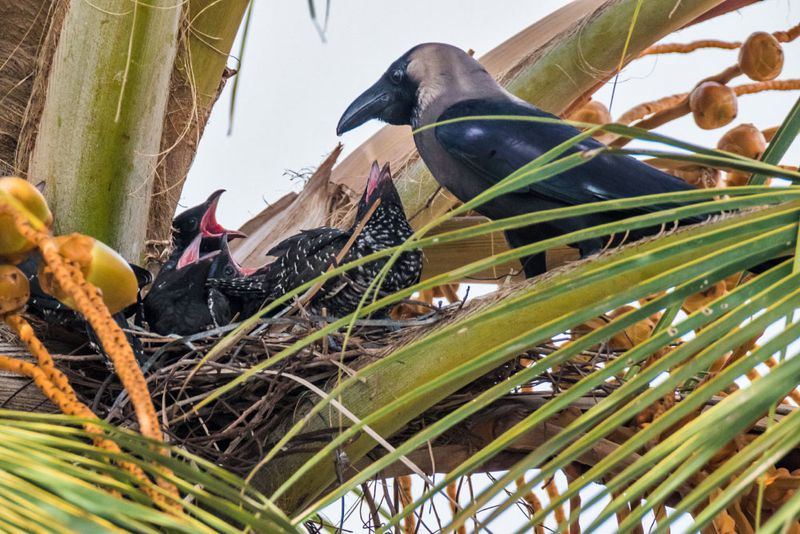
The Asian koel, with its haunting call, is a well-known brood parasite in South Asia. Its melodious song belies its cunning nature as it stealthily lays eggs in the nests of other birds, like crows and mynas.
This ensures the koel’s offspring are raised without any parental investment from its biological parents. The koel’s eggs have evolved to mimic the color and texture of the host’s eggs, an impressive example of evolutionary adaptation.
Despite its parasitic ways, the koel is cherished for its song, illustrating the complex relationship between nature and culture.
Red-chested Cuckoo
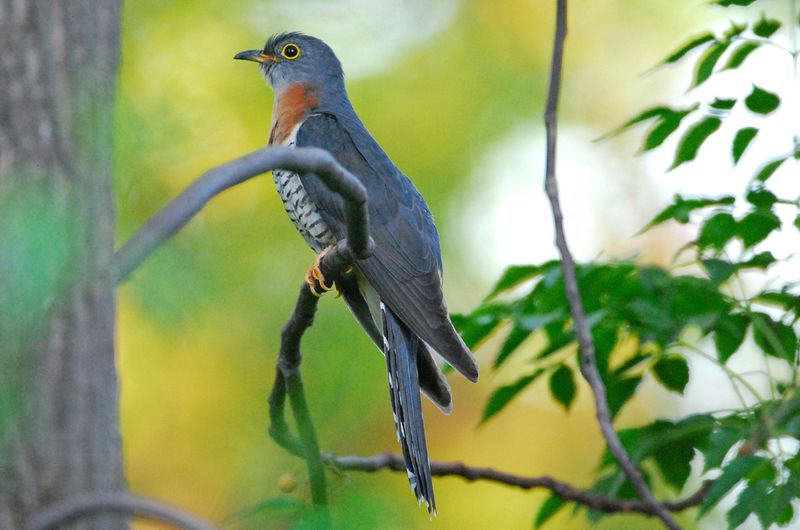
Known for its distinct call, the Red-chested Cuckoo has a reputation that precedes it. This bird, common in sub-Saharan Africa, is notorious for its brood parasitic behavior. The cuckoo lays its eggs in the nests of other birds, such as the Cape Robin-Chat, cunningly matching egg appearance to avoid detection.
This mimicry enables the cuckoo to fool its host into raising its young, ensuring the continuation of its lineage without the responsibilities of parenting. The host birds, oblivious to the deception, invest their time and energy into nurturing an impostor.
Shiny Cowbird

The shiny cowbird, native to South America, has expanded its range, impacting various ecosystems. This bird’s parasitic strategy involves laying eggs in a wide range of host nests, with over 240 documented species.
The cowbird’s eggs often hatch earlier, giving its chicks a competitive advantage over the host’s young. They are known to significantly affect the reproductive success of host species, altering local bird populations.
Despite this, their adaptability and resilience make them a subject of interest for ecological studies and conservation efforts. Their spread highlights both natural resilience and environmental challenges.
Vidua Finches
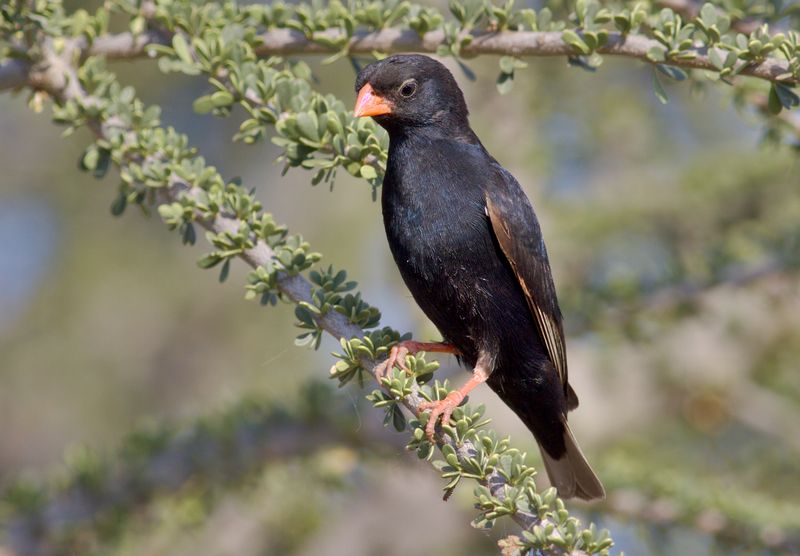
Vidua finches, also known as whydahs, are small African birds known for their unique parasitic relationship with other finch species.
Male vidua finches are distinguished by their elaborate plumage, especially during breeding season, which helps attract mates. They lay their eggs in the nests of other finches, where the chicks are raised alongside the host’s young.
Intriguingly, vidua finch chicks learn the songs of their foster parents, ensuring they can attract mates when mature. This musical inheritance is a testament to nature’s ingenuity, blending parasitism with cultural transmission in the avian world.
Black-headed Duck
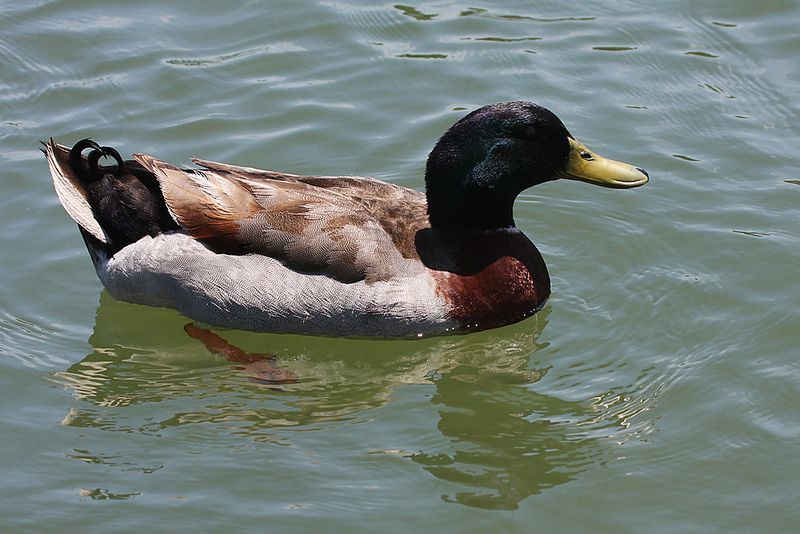
The Black-headed Duck of South America is unique among ducks. It never raises its young, instead laying eggs in the nests of other waterbirds. Unlike most parasitic birds, its ducklings hatch and leave the nest within a day without any assistance from the host.
This remarkable independence allows them to thrive in marshy environments. Interestingly, they target species that nest in colonies, such as coots and ibises.
Did you know? Their parasitic approach is less harmful, as they don’t puncture or remove host eggs. This non-destructive strategy sets them apart in the parasitic world.
Horsfield’s Bronze Cuckoo
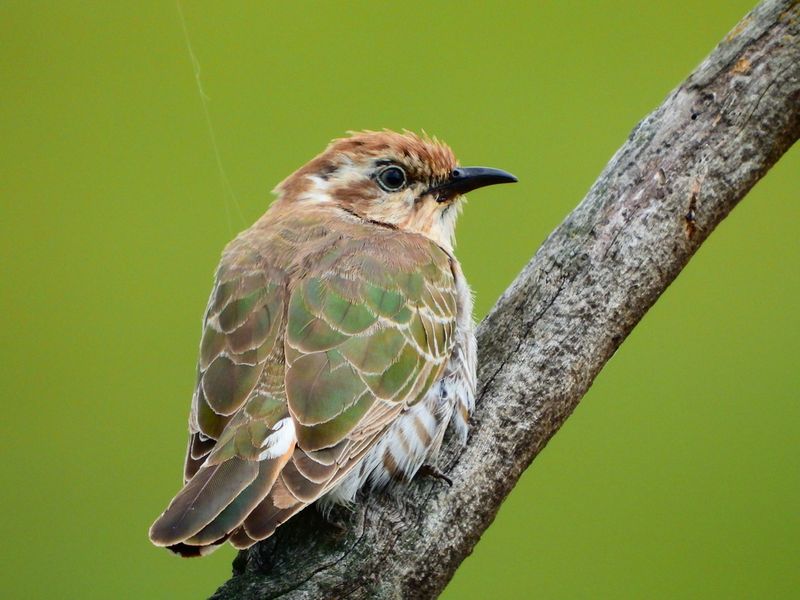
Horsfield’s Bronze Cuckoo, native to Australia, is a small bird with shimmering plumage. Its brood parasitism involves laying eggs in the nests of fairy-wrens.
These cunning cuckoos perfectly mimic the host’s eggs, ensuring their acceptance. The unsuspecting fairy-wren then raises the cuckoo chick, mistaking it as its own.
Remarkably, the cuckoo chick often hatches earlier, outcompeting its nest mates for food. This crafty adaptation ensures the chick’s survival. Horsfield’s Bronze Cuckoo illustrates how mimicry and timing can play crucial roles in parasitic strategies, enabling them to exploit their hosts effectively.
Greater Ani
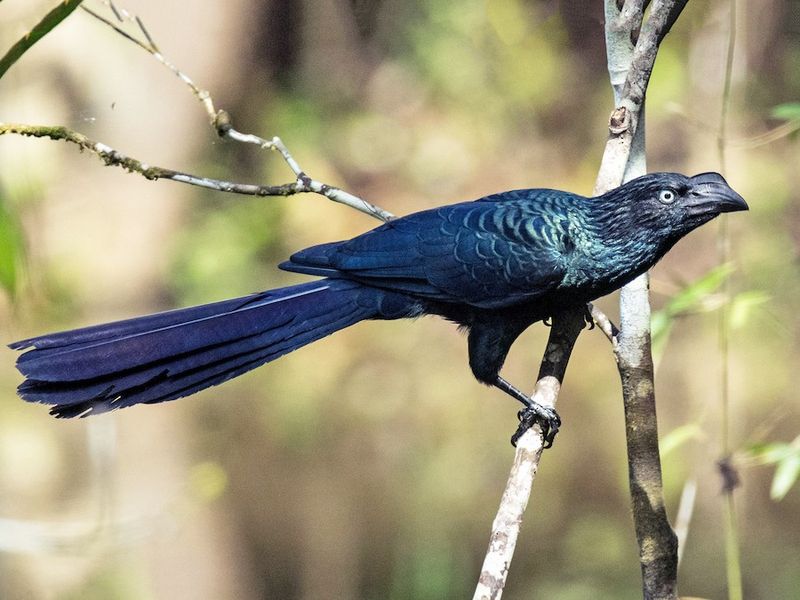
The Greater Ani, found in South American rainforests, is a cooperative breeder. Interestingly, though not a classic brood parasite, it practices joint nesting, which blurs parasitic lines.
Multiple females lay eggs in a single nest, all sharing incubation duties. This communal nesting strategy benefits from shared responsibilities, although occasionally, some eggs may be neglected.
Their adaptation to shared parenting, rather than outright parasitism, demonstrates a unique approach. While not parasitic in the traditional sense, the blurred roles in parenting offer insights into varied avian reproductive strategies.

